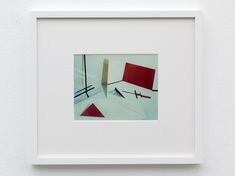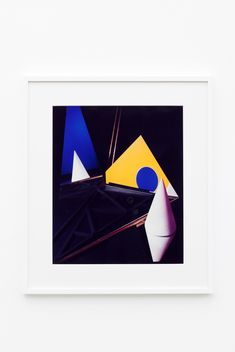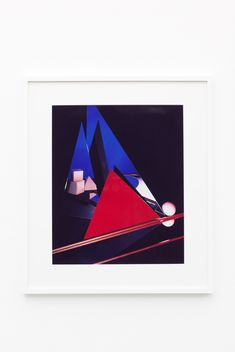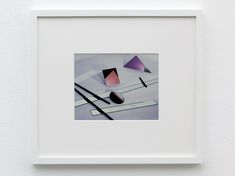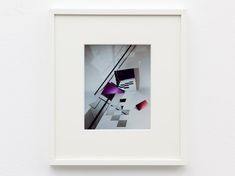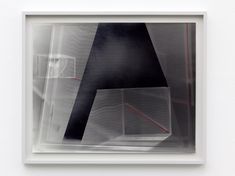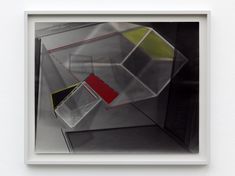Barbara Kasten
Barbara Kasten was born in Chicago, Illinois, USA, in 1936. In 1959 she trained as a painter and textile artist at the University of Arizona, where she earned a Bachelor of Fine Arts (BFA). She then studied sculpture and textile design at the California College of Arts and Crafts with Trude Guermonprez. In 1970, she graduated with a Master of Fine Arts (MFA) and was awarded a Fulbright-Hays Scholarship, which enabled her to continue her studies at the College of Fine Arts in Poznań, Poland, with Magdalena Abakanowicz.
She has been awarded numerous prizes, including the John Simon Guggenheim Fellowship. Her work has been shown internationally in group exhibitions, including Centre Pompidou, Paris, on the occasion of Sharjah Biennial 14, United Arab Emirates, Landesmuseum Münster, Sprengel Museum Hannover, Tate Modern London, and Fotomuseum Winterthur. She received solo exhibitions from Sammlung Götz, Munich, in 2023; Kunstmuseum Wolfsburg and Aspen Art Museum, Colorado, in 2020; and Philara Collection, Düsseldorf, in 2018. In 2015, the Institute of Contemporary Art (ICA), Philadelphia, dedicated a first retrospective to her, which was taken over by the Graham Foundation for Advanced Studies in the Fine Arts, Chicago, and shown as part of the Architecture Biennial. In 2016, it was on view at the Museum of Modern Art (MoCA), Los Angeles. Barbara Kasten lives and works in Chicago.
Barbara Kasten was intensively involved with the Bauhaus movement, which was founded in Weimar after World War I in 1919 by the architect, designer and urban planner Walter Gropius (1883 - 1969). Its aim was to combine architecture as a total work of art with the other arts, especially the applied arts, by upgrading craftsmanship in terms of functionality, reduced form, and the use of commercially available industrial materials. Barbara Kasten is particularly interested in László Moholy-Nagy (1895 - 1946), through whom she found her way to photography. In the 1920s, Moholy-Nagy had experimented with photograms, a photographic technique of direct exposure of objects, which he placed in the developing fluid on the photographic paper. In 1973, Kasten began experimenting with the diazotype, a silverless photographic technique that became known as diazo print. The artist is fascinated by the problem of transferring three-dimensional space onto a two-dimensional surface. For her works, she designs temporary arrangements in her studio and documents these settings, consisting of props, mirrors, and purely geometric elements, in the three primary colors of blue, yellow, and red, as well as black and white, in reference to the Bauhaus style. Over the decades, the artist developed a formal language that increasingly approaches pure abstraction. (Doris Leutgeb)
read more read less